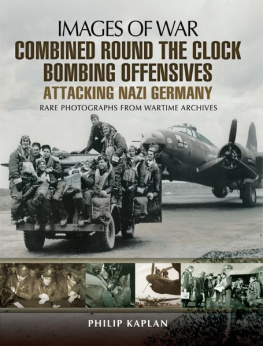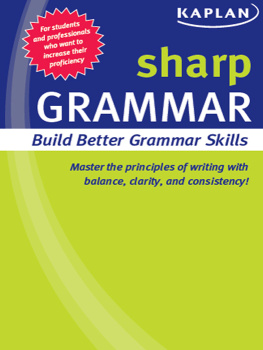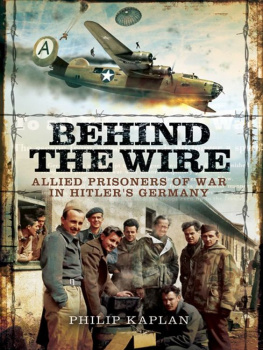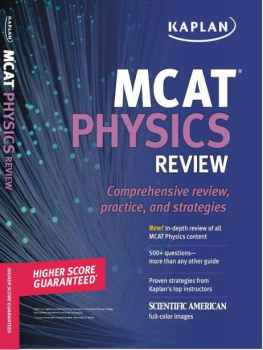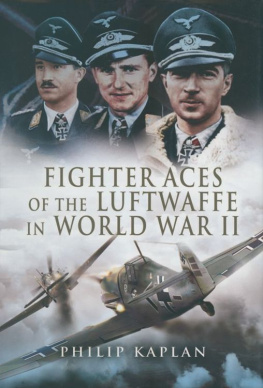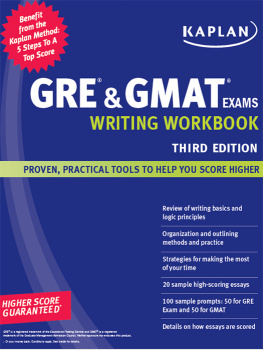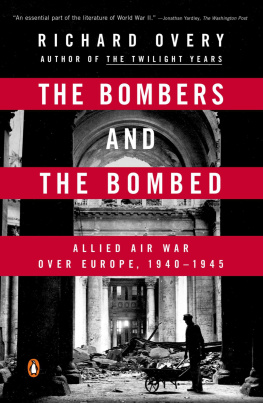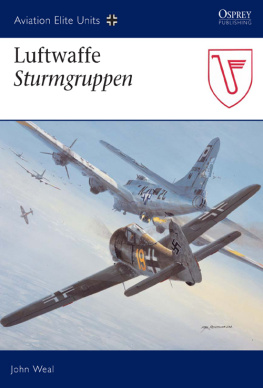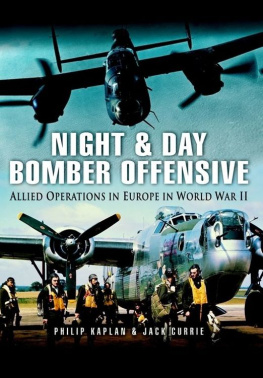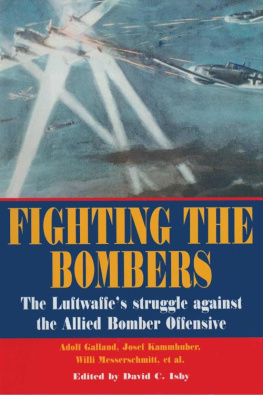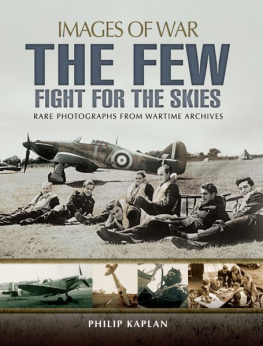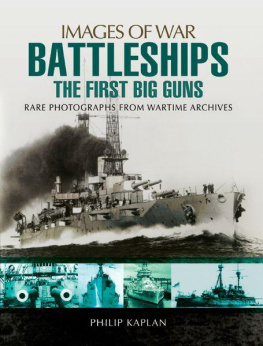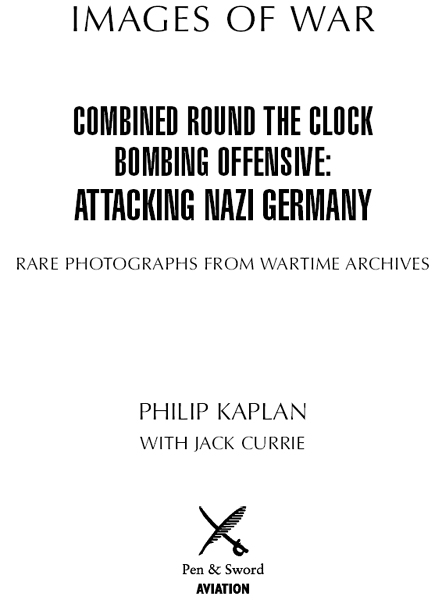
First printed in Great Britain in 2014 by
Pen & Sword Aviation
an imprint of
Pen & Sword Books Ltd.
47 Church Street
Barnsley,
South Yorkshire
S70 2AS
Copyright Philip Kaplan 2014
A CIP record for this book is available from the
British Library.
ISBN: 978 1 78 346 3046
EPUB ISBN: 978 1 47 386 1015
PRC ISBN: 978 1 47 386 1008
The right of Philip Kaplan to be identified as
Author of thisWork has been asserted by him in
accordance with the Copyright, Designs and
Patents Act 1988.
All rights reserved. No part of this book may be
reproduced or transmitted in any form or by any
means, electronic or mechanical including photocopying,
recording or by any information storage
and retrieval system, without permission from
the Publisher in writing.
Printed and bound in England
By CPI Group (UK) Ltd. Croydon, CR0 4YY
Pen & Sword Books Ltd incorporates the
Imprints of Pen & Sword Aviation, Pen & Sword
Family History, Pen & Sword Maritime, Pen &
Sword Military, Pen & Sword Discovery,
Wharncliffe Local History, Wharncliffe True
Crime,Wharncliffe Transport, Pen & Sword
Select, Pen & Sword Military Classics, Leo
Cooper, The Praetorian Press, RememberWhen,
Seaforth Publishing and Frontline Publishing.
For a complete list of Pen & Sword titles please
contact Pen & Sword Books Limited
47 Church Street, Barnsley, South Yorkshire, S70
2AS, England
E-mail:
Website: www.pen-and-sword.co.uk
Contents
The author is grateful to the following for the use of their published and/or unpublished material, and for their kind assistance in the preparation of this book: Fred Allen, John Archer, Roger A.Armstrong, Beth and David Alston, Eric Barnard, Sy Bartlett,Malcolm Bates,Mike Benarcik, Robert Best, Ron Bicker, Larry Bird, Quentin Bland, Charles Bosshardt, Sam Burchell, Leonard Cheshire, Don Charlwood, Paul Chryst, Winston Churchill, Jack Clift, John Comer, N.J. Crisp, Jack Currie (for his text) Jim Dacey, E.W. Deacon, James H. Doolittle, Lawrence Drew, Spencer Dunmore, Ira Eakin, Gary Eastman, Jonathan Falconer, W.W. Ford, Alan Foreman, Stephen Fox, Noble Frankland, Carsten Fries, Toni Frissell, Bill Ganz, Stephen Grey, Roland Hammersley,Arthur Harris, Ian Hawkins, John Hersey, Dave Hill, Franc Isla, Claire and Joe Kaplan, Neal Kaplan, Margaret Kaplan, Paul Kemp, Percy Kindred, Nick Kosiuk, Edith Kup,WilliamT. Larkins,W.J. Lawrence, Beirne Lay, Jr., Robert D. Loomis, David C. Lustig, Donald Maffett, Dickie Mayes, Cheryl and Mike Mathews, Edward R. Murrow, Frank Nelson, Keith Newhouse,Michael OLeary, Merle Olmsted,Tony Partridge, Colin Paterson, John Pawsey, L.W. Pilgrim, Reg Payne, Douglas Radcliffe, Sidney Rapoport, Lynn Ray, Duane Reed, Alan Reeves,Ted Richardson, Kay Riley, Dave Shelhamer, Paul Sink, John Skilleter, Dale O. Smith,Tony Starcer, James Stewart, Ken Stone, Lloyd Stovall, JohnThomas, Leonard Thompson,AlbertTyler, ForrestVosler,Mae West, RobertWhite, RayWild, JoeWilliams, Jack Woods,DennisWrynn, SamYoung. Efforts have been made to trace copyright holders to use their material.The author apologizes for any omissions.All reasonable efforts will be made to correct any such omissions in future editions.
The Hardware
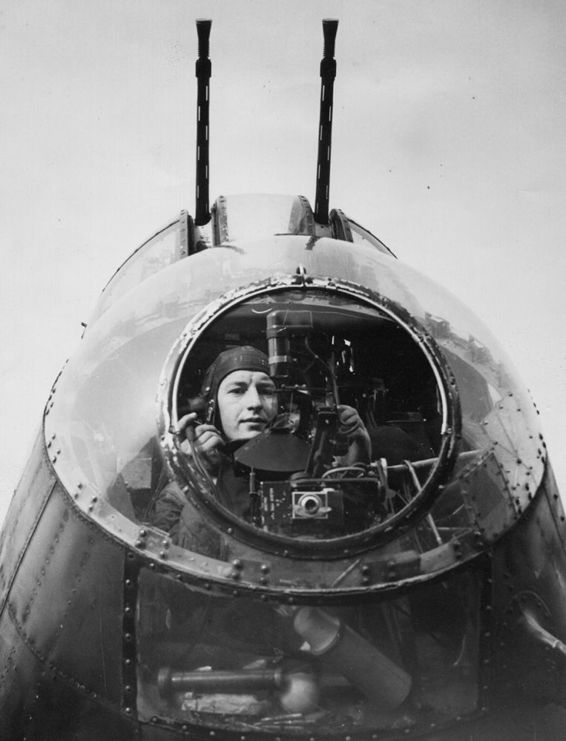
The bomb-aimer of an RAF Avro Lancaster bomber.
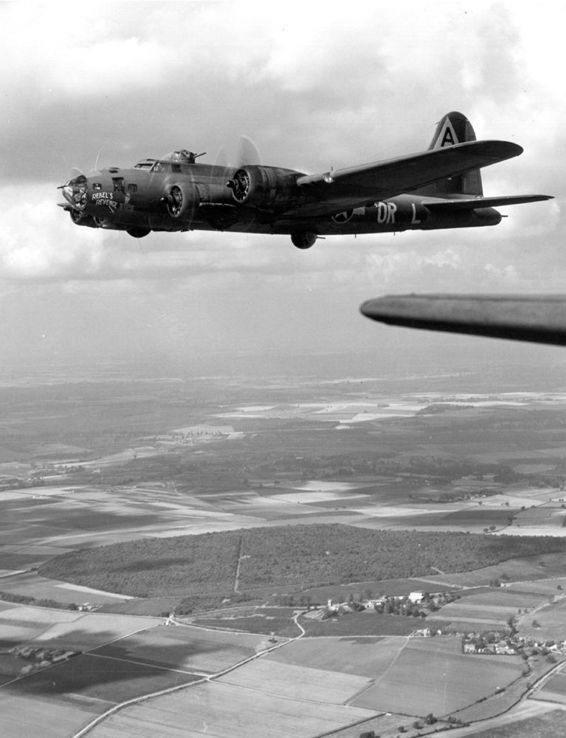
A B-17F Flying Fortress bomber of the 91st Bomb Group on a practice mission over England.
To describe warplanes in terms of their statisticsweight, length and wingspan, bombloads and armament, power plants and cruising speedsis for books of reference. The figures are factual and give no cause for argument. To offer an opinion on less definable characteristicsmaneuverability, effectiveness, feel, or appearanceis to be subjective and to risk making hackles rise somewhere in the world; to compare like with likethe B-17, say, with the B-24, the Lancaster with the Halifax, the Spitfire with the Hurricane, or the P-47 with the P-51and to state that either airplane was superior, is to court an argument with the others champions.
Veterans of the air war have it in common that they had, and had to have, faith in their aircraft; that was the plane that saw them through their missions: they will regard it with affection and guard its reputation evermore. The opinions, therefore, that follow in this chapter should be read with that loyalty in mind.
There was a time after graduation when Ray Wilds ambition was to fly a pursuit plane. But a little major got up and asked if any of us red-blooded Americans wanted to get into action right now. We raised our hands, and they sent us to Sebring, Florida, on B-17s. We knew nothing about them. They looked like great big lumbering things, and we werent too happy, really. They used to send you to gunnery range, for the waist and tail gunners to shoot at targets, and you realized it was steadya great platform to shoot from. We started to like the airplane. That thing could be ten feet off the ground and hold steady. You put it on automatic pilot and it held steady. You didnt do it, of course, but you could.
Now, the B-24 was ten miles an hour faster, it cruised at 170, but it had a Davis wing, which was a great wing, except that if you got hit in one wing that doubled the stress on the other. It could get hit lightly and go down. A B-17, you could chop in little pieces and that sonofabitch would come back. It would fly when it shouldnt fly. We lost eight feet of wing one time and twelve feet off the stabilizer, and it handled the same way. A little sluggish, maybe, but it was fine. You could lose two engines on one side in a 17 and so long as you turned into the live engines, you could fly it. Everybody knew that the plane would get back. If they could stay in it and stay alive, they knew theyd get back. The only way you wouldnt was with a direct hit or with a wing blown off. You got a great affinity with it. Of course, the B-24 pilots said the same thing. For them the 24 was the best airplane in the world.
For an aircraft designed in 1934 as the very first all-metal four-engined monoplane bomber, the Fort had a marvelous career. Don Maffett realized its robust qualities on the first of his forty missions with the 452nd Bomb Group. The left wheel was shot off, but I didnt know that, and I landed on one wheel. The airplane had three-hundred-and-fifty flak holes in it. The B-17 could take a lot of punishmentI think far more than the B-24. Shot up or in good shape, the B-17 was pretty consistent. Youd come in over the fence at a hundred-and-ten miles an hour and it would stall out at ninety-two or ninety-three. It gave you a tremendous feeling of confidence.
There used to be a tale that when a prototype bomber was wheeled out of the factory, you would see a group of men with slide rules walking anxiously around it. The answer to the question as to who those men might be, and what they were about, was that they were the designers, trying to find a place to put the crew. Don Maffett, for one, had some reservations about the pilots compartment in the B-17: It was very cramped. There was very little space between the seats. With the armor plate, your heavy fleece-lined equipment, parachute and so forth, it was almost impossible to squeeze between the seats in order to get out if you had to.
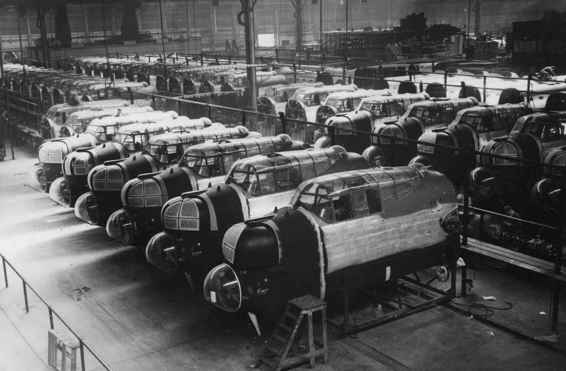
Next page
